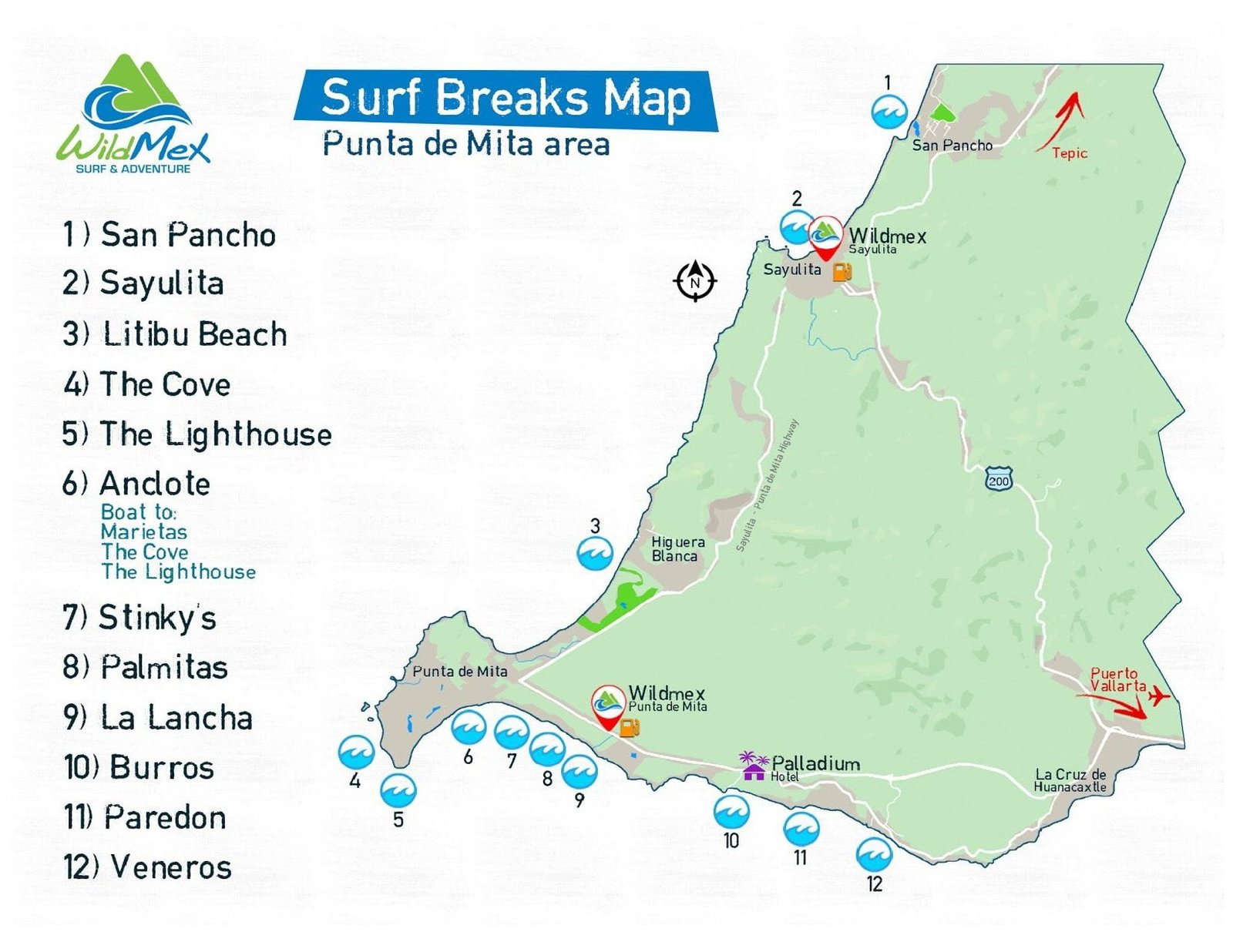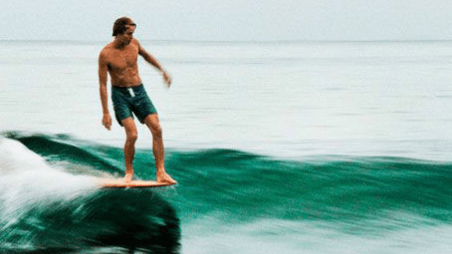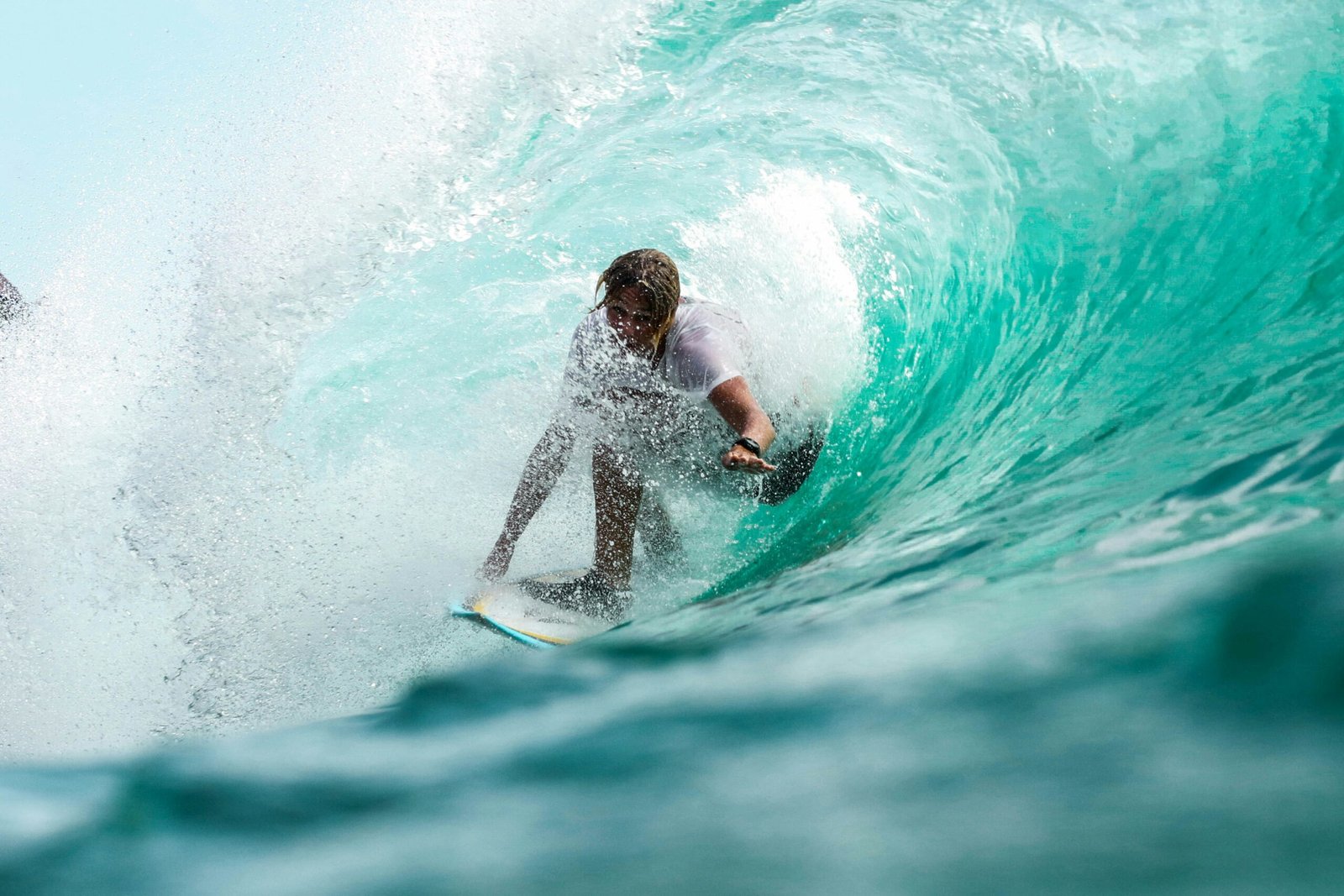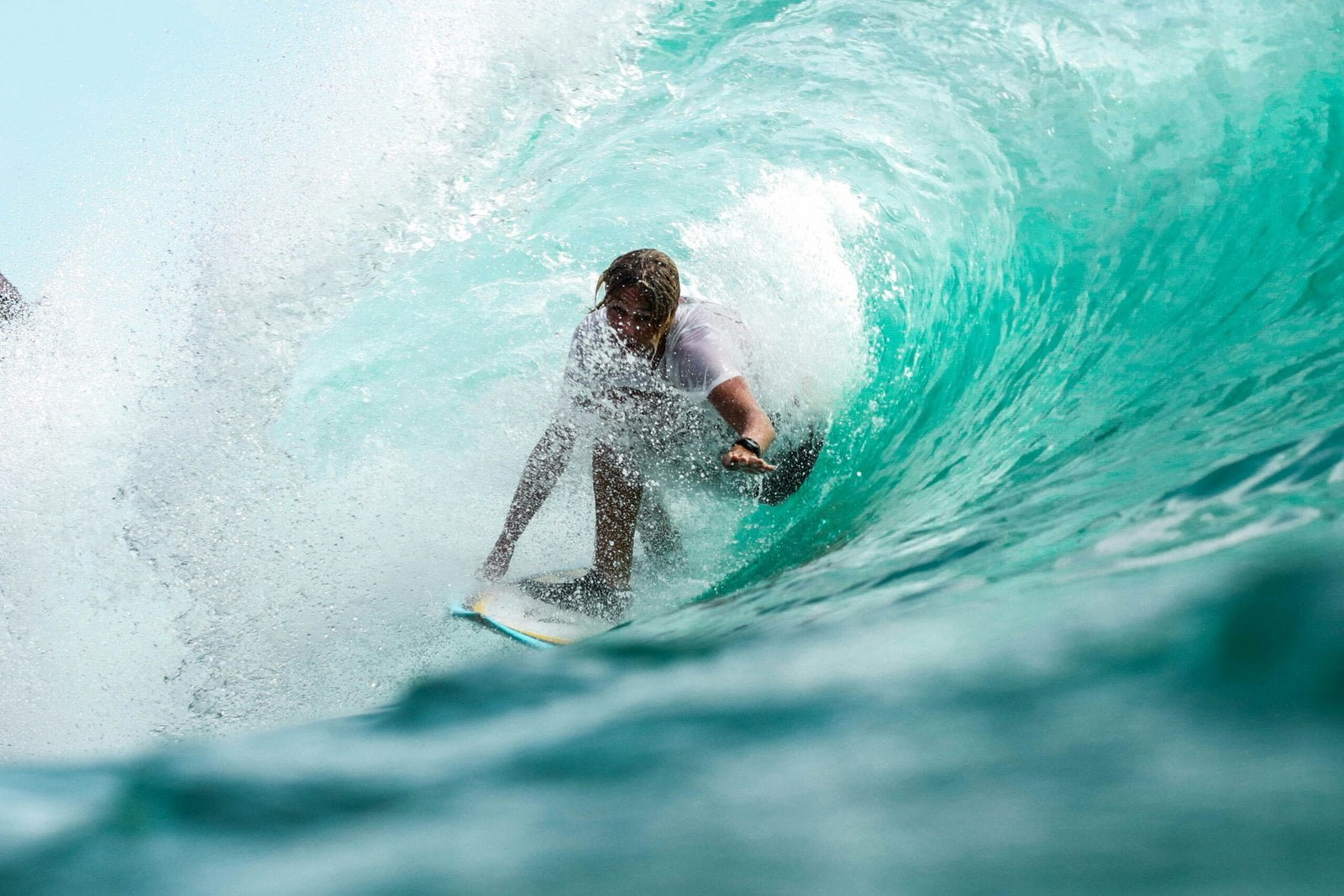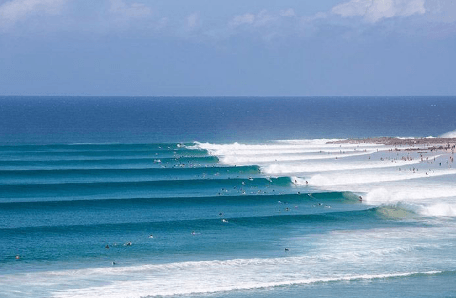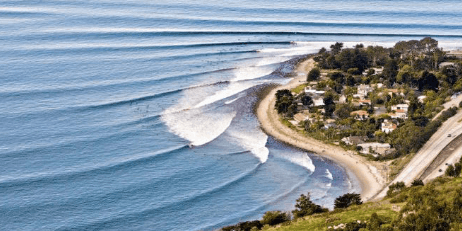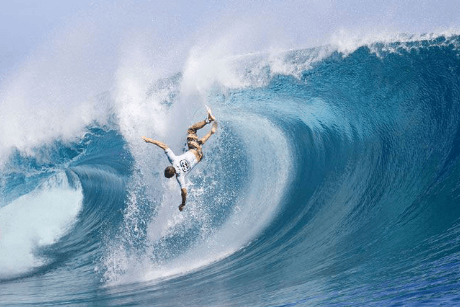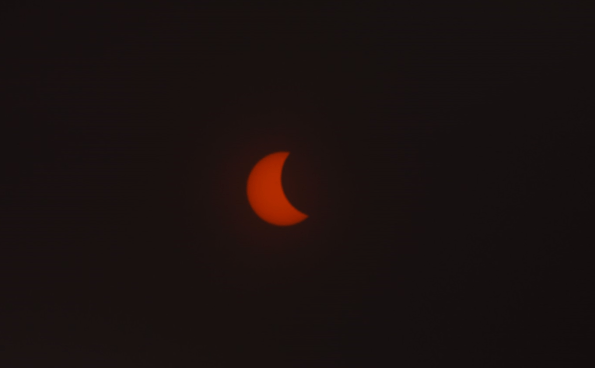STRETCHING IN SAYULITA FOR BEGINNER AND INTERMEDIATE SURFERS
Reaching out from #Sayulita to all the surfers in the Punta Mita area in México and around the globe, who are looking to improve their surfing skills and find strenght and release prior and after hitting the waves, here are some useful yoga exercises:
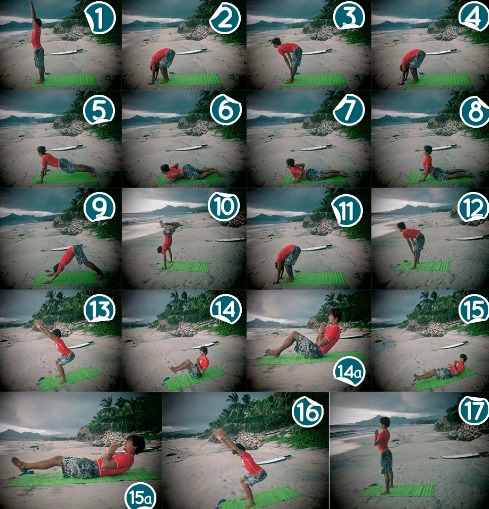
- Commence your yoga journey standing tall in Tadasana, feet rooted firmly on the ground, arms resting gently by your sides, inviting a sense of centeredness and balance.
- Inhale deeply, gracefully sweep your arms overhead, embracing the vastness of the sky above; exhale, gracefully fold forward into Uttanasana, surrendering to the Earth's pull with each breath.
- As you inhale, find length in your spine, drawing your torso halfway up into Ardha Uttanasana, a graceful pause to foster a sense of openness and extension.
- With a mindful exhale, plant your palms firmly on the ground, step back into Plank pose, channeling strength and stability through your entire body.
- Inhale, feel the energy coursing through your being as you lower down with control, either transitioning into a gentle Chaturanga or gently lowering all the way to your belly.
- As you inhale, rise into Cobra pose, lifting your heart to the sky, while keeping your shoulders relaxed, inviting a sense of expansiveness and vitality.
- Exhale, ground down through your palms and press back into Downward Facing Dog, allowing your body to stretch and release any tension accumulated throughout the practice.
- Inhale deeply, lift your heels high, bend your knees, and gracefully hop forward into Bunny Hops, igniting a sense of playfulness and lightness in your practice.
- Exhale, softly land back into Uttanasana, feeling a sense of surrender and release as your belly gently rests on your thighs.
- Inhale, find length in your spine once again, lifting halfway up with Ardha Uttanasana, cultivating a profound connection between breath and movement.
- With a mindful exhale, fold forward into Uttanasana, allowing yourself to release any remaining tension and sink deeper into the present moment.
- Inhale, bend your knees and sink your hips back into Utkatasana, Chair pose, embodying strength and determination as you ground down through your feet and lift your arms high.
- Exhale, transition into Navasana, Boat pose, balancing on your sitting bones, igniting your core, and awakening your inner strength.
- In Navasana, engage your core as you row the boat, inhaling as you lower towards the earth and exhaling as you rise, fostering resilience and perseverance with each movement.
- Hug your knees to your chest, rock back, and forth, building momentum and vitality as you prepare to rise back to standing in Utkatasana, symbolizing your readiness to face any challenges with courage and grace.
- Exhale, press firmly into the earth, and rise back up to standing, embodying strength, stability, and poise.
- Repeat this empowering sequence, adding Handstand Pike variations if you're feeling adventurous, and embrace the transformative journey of yoga to elevate your surfing experience to new heights.

